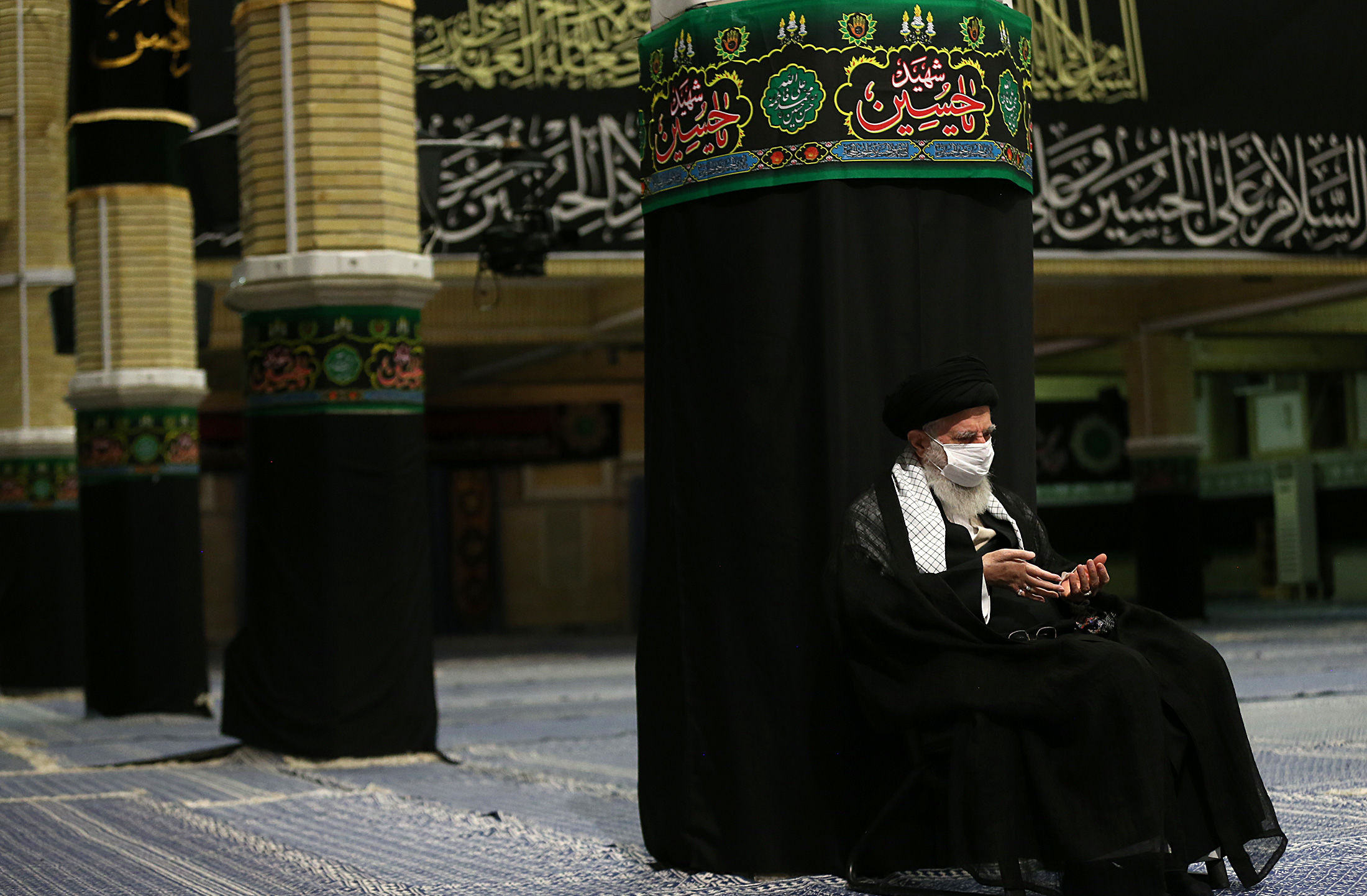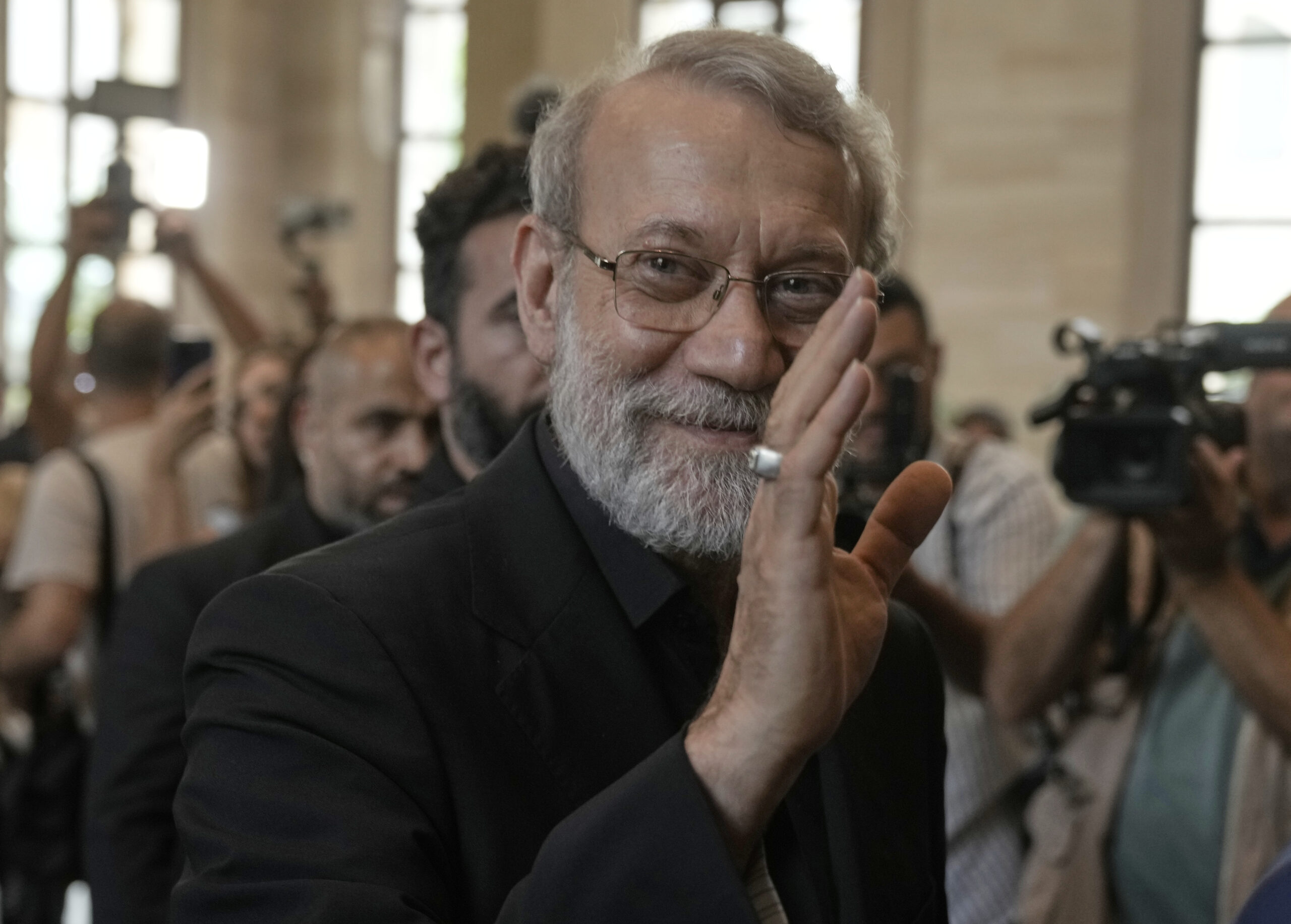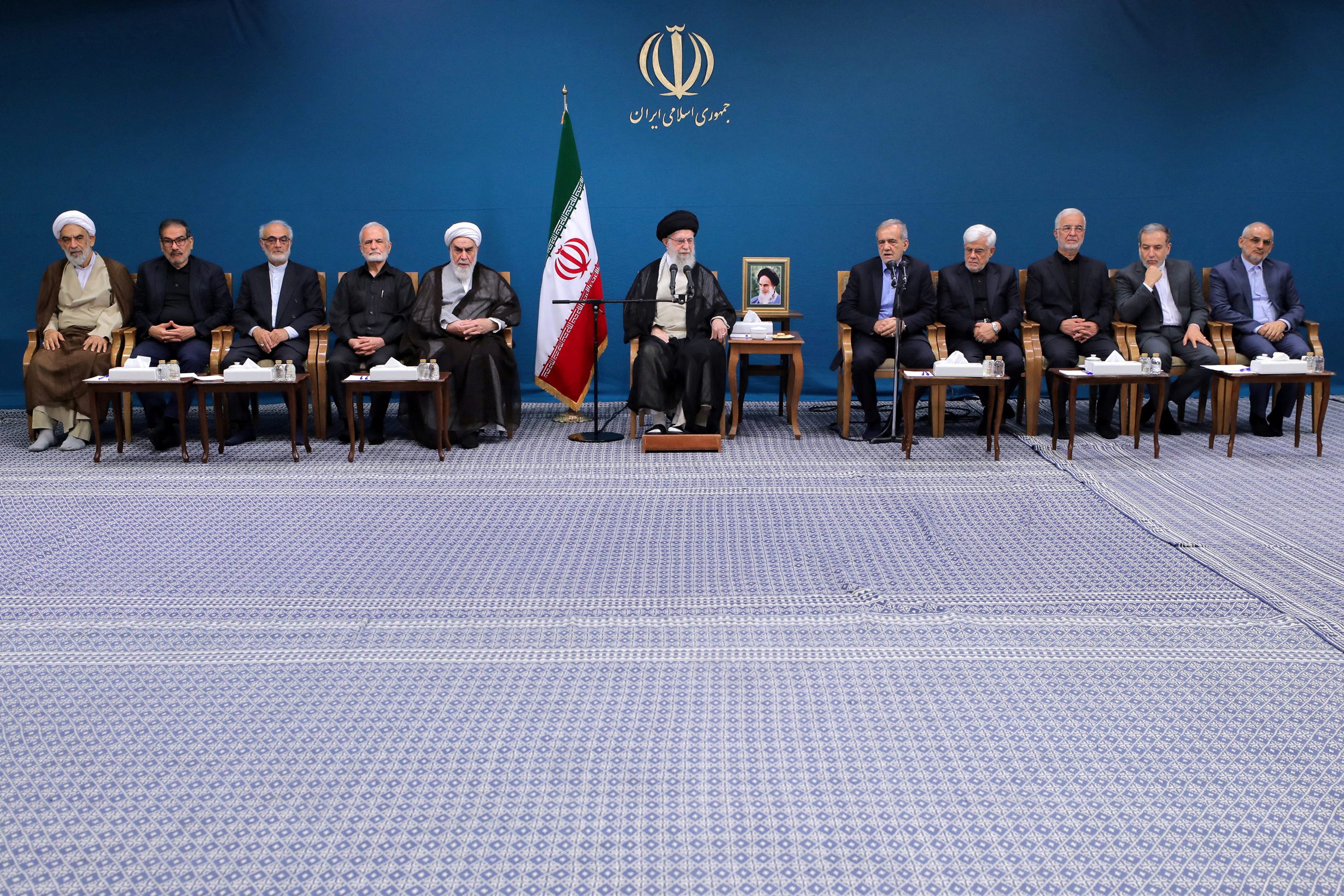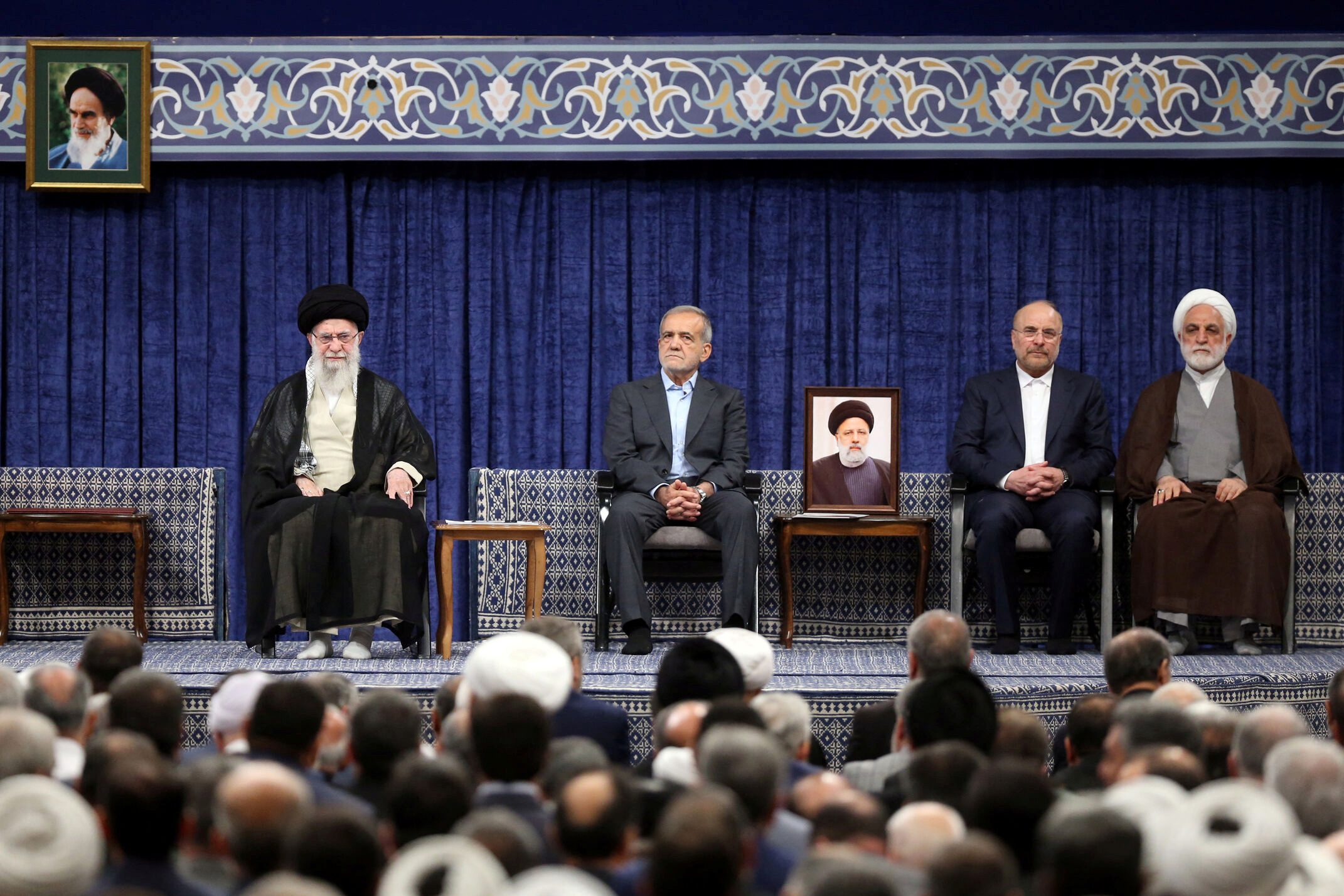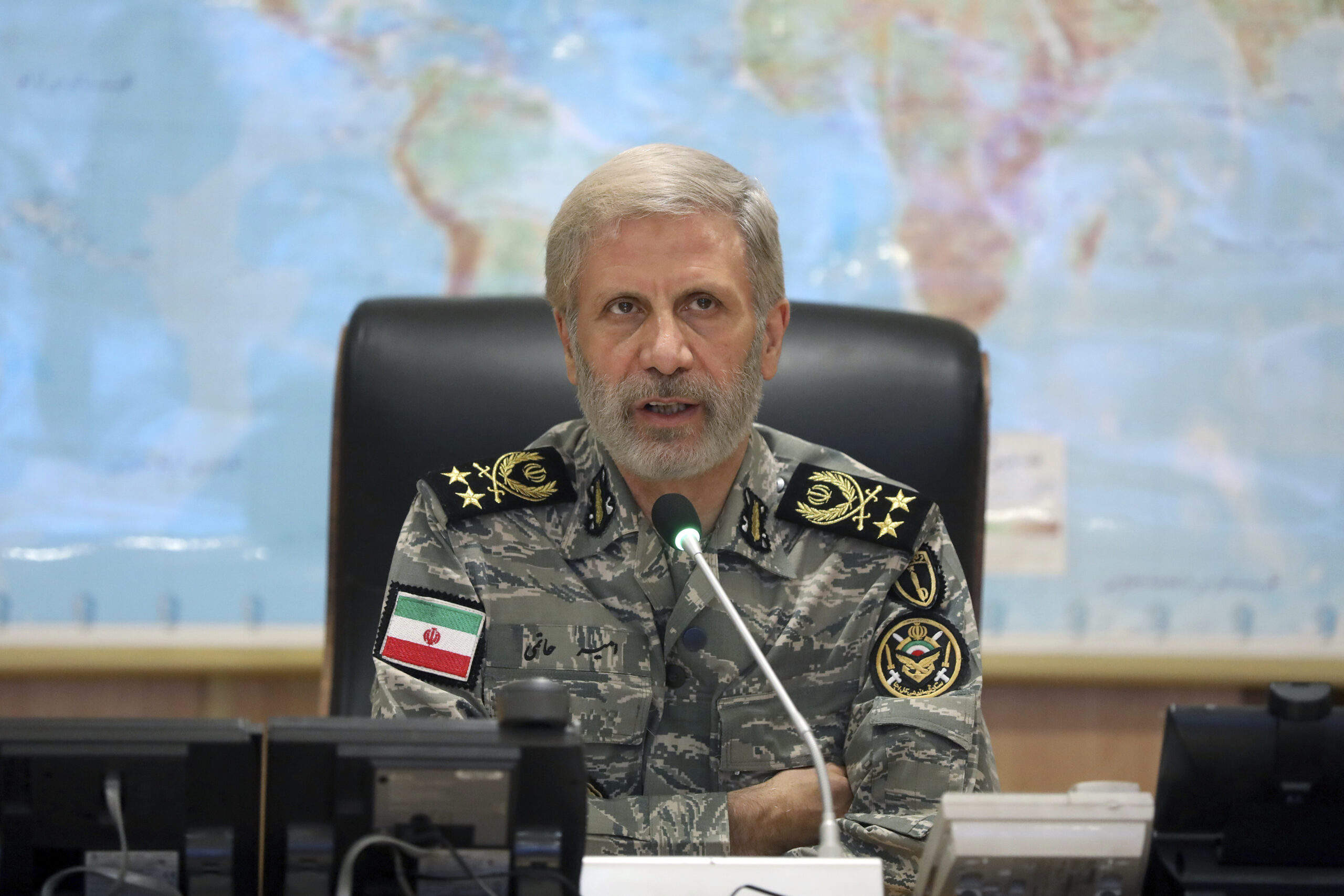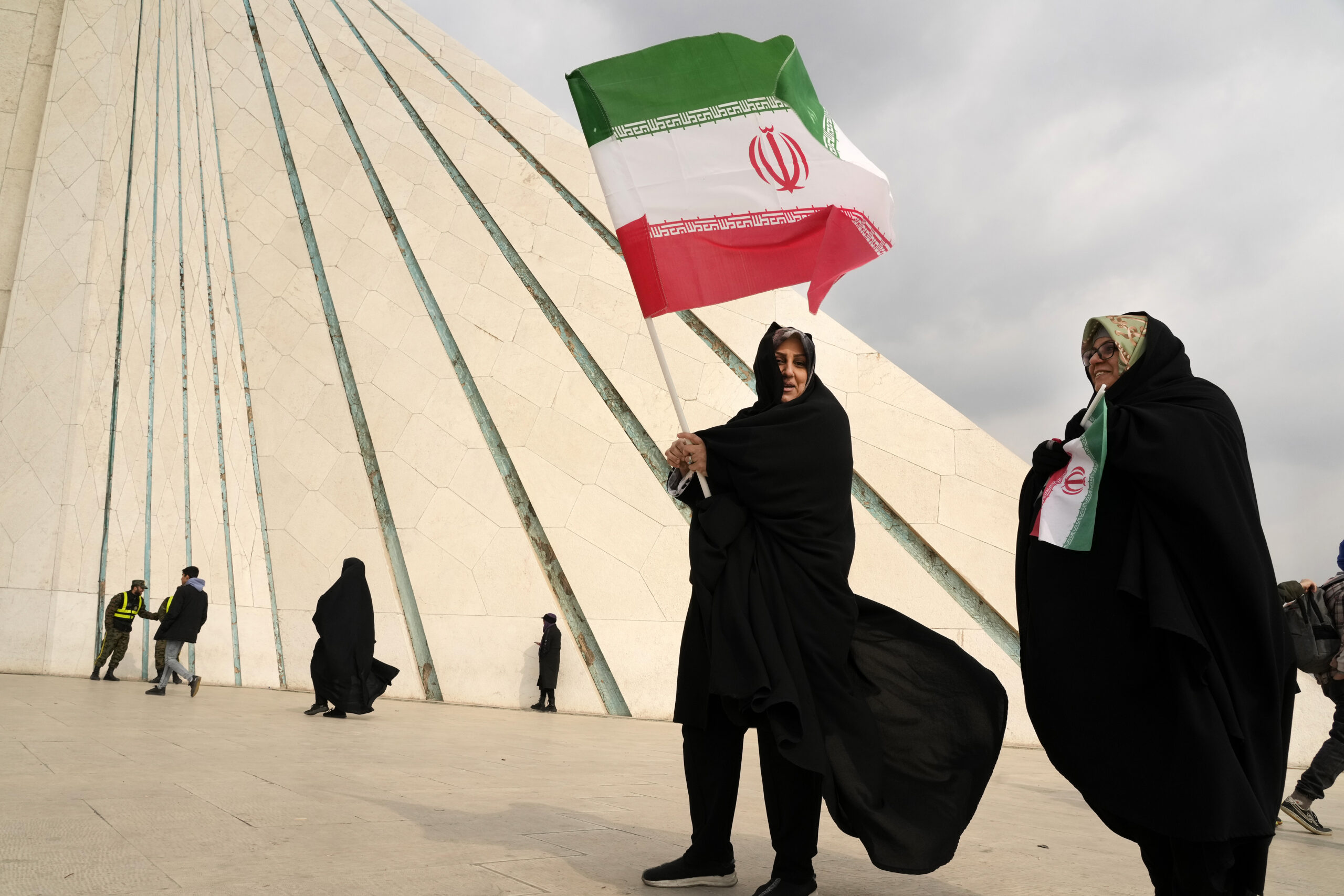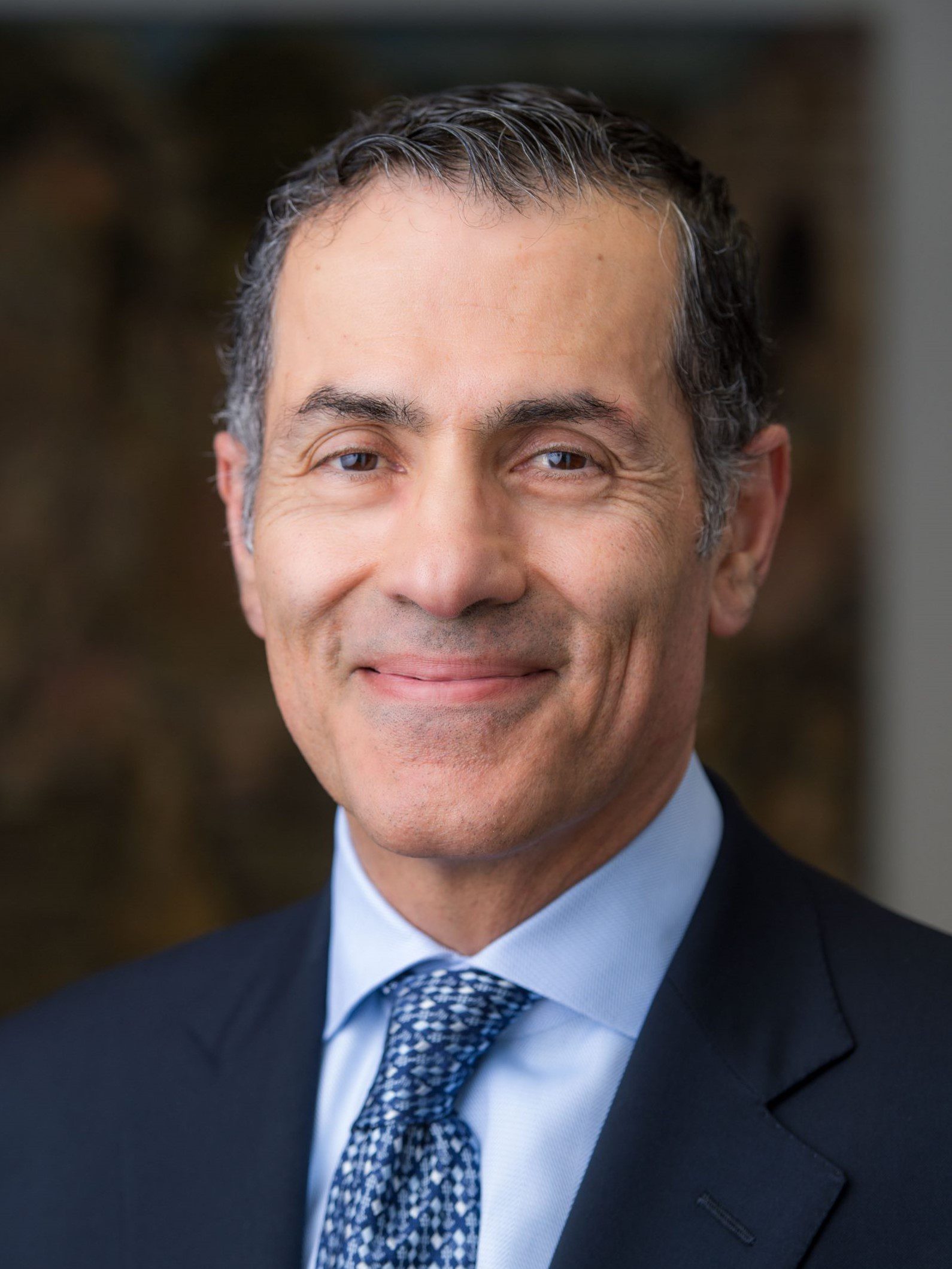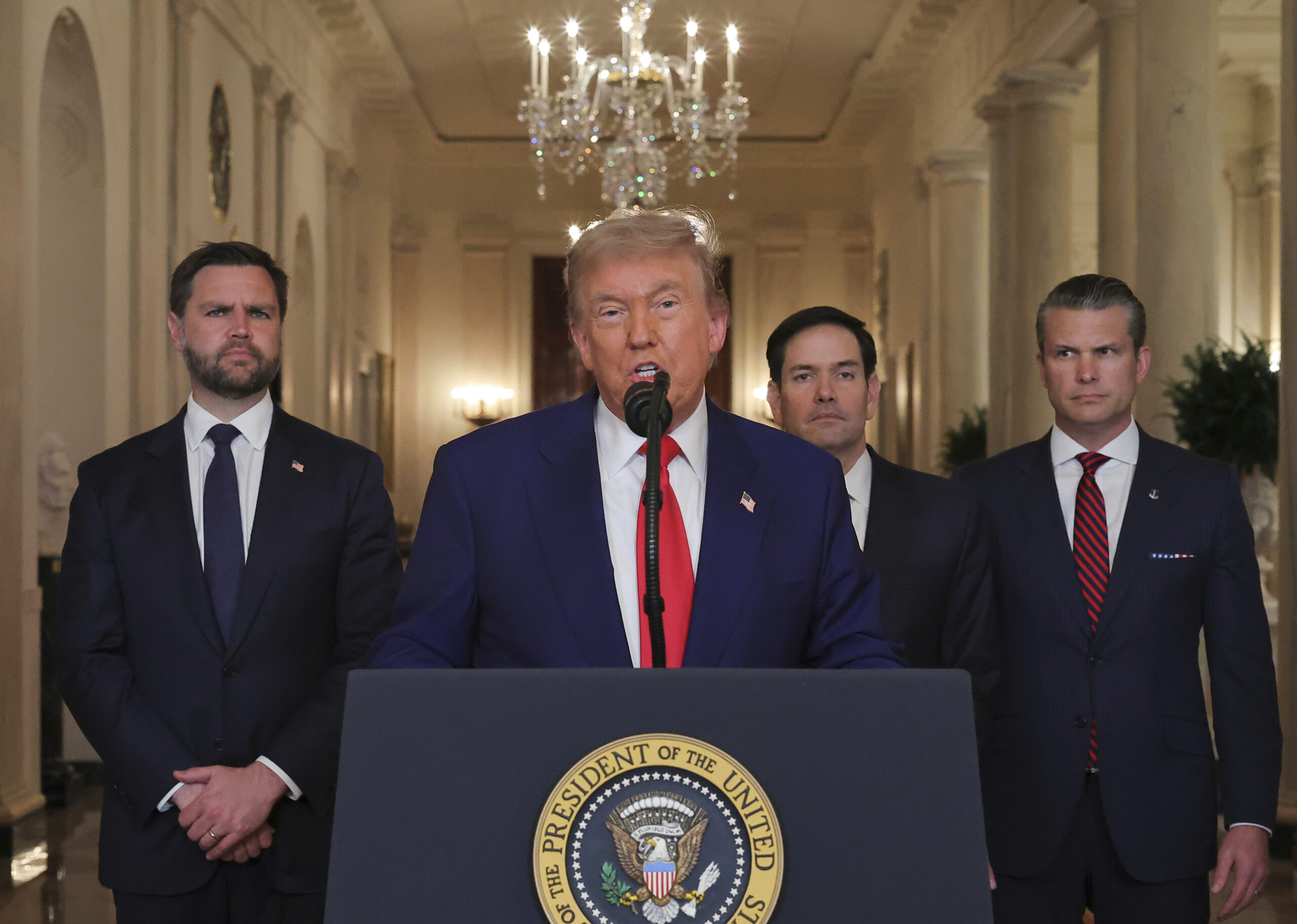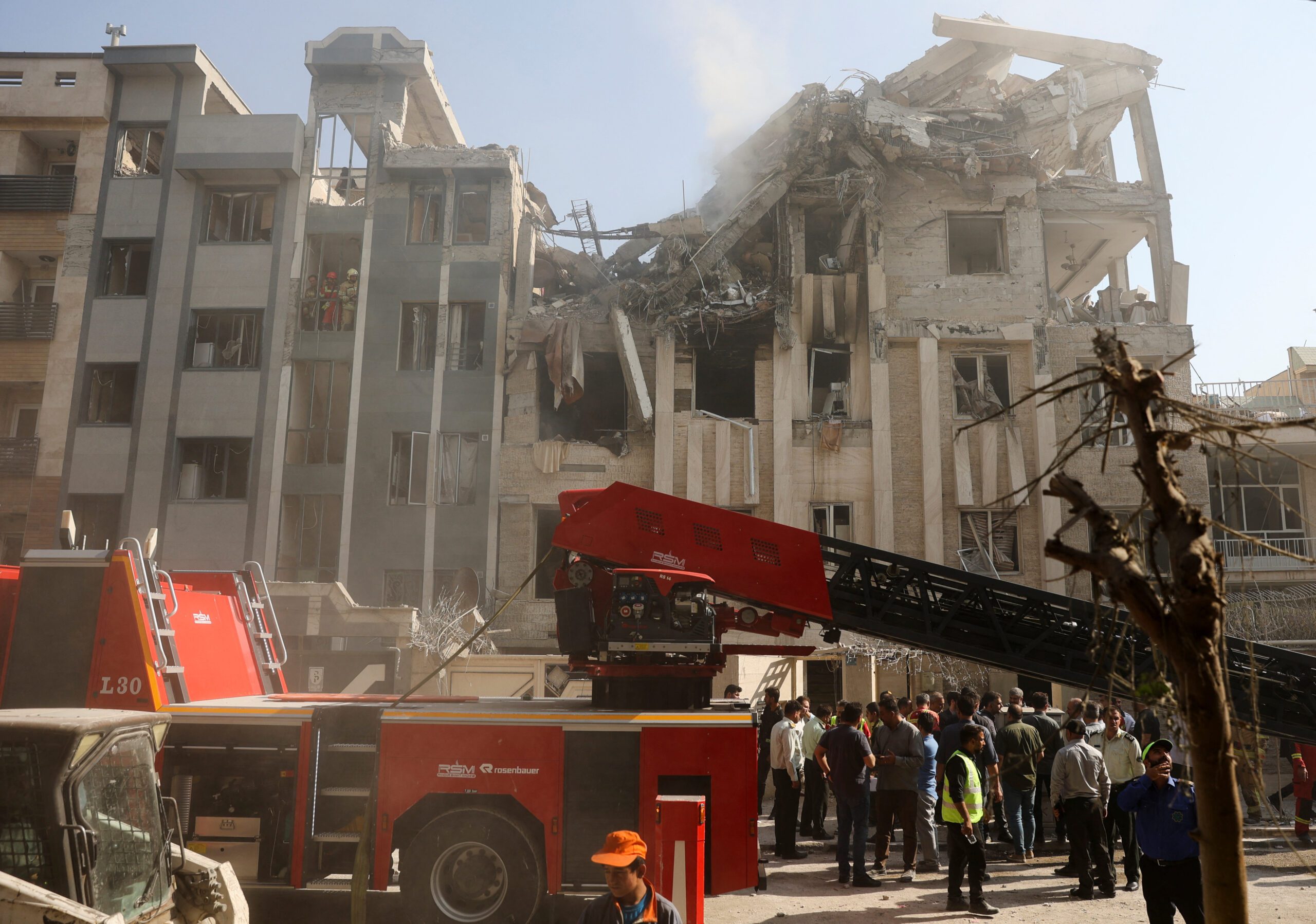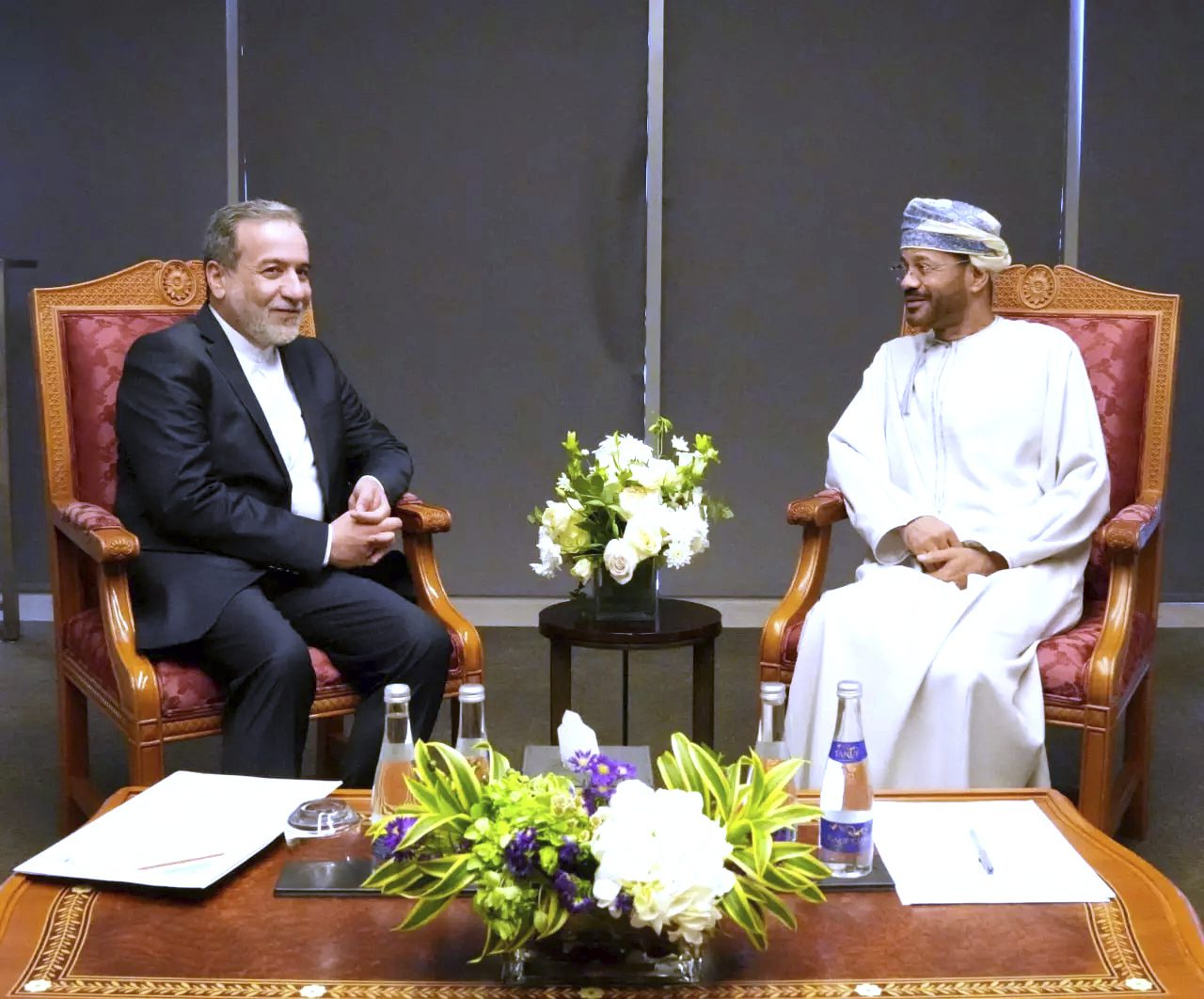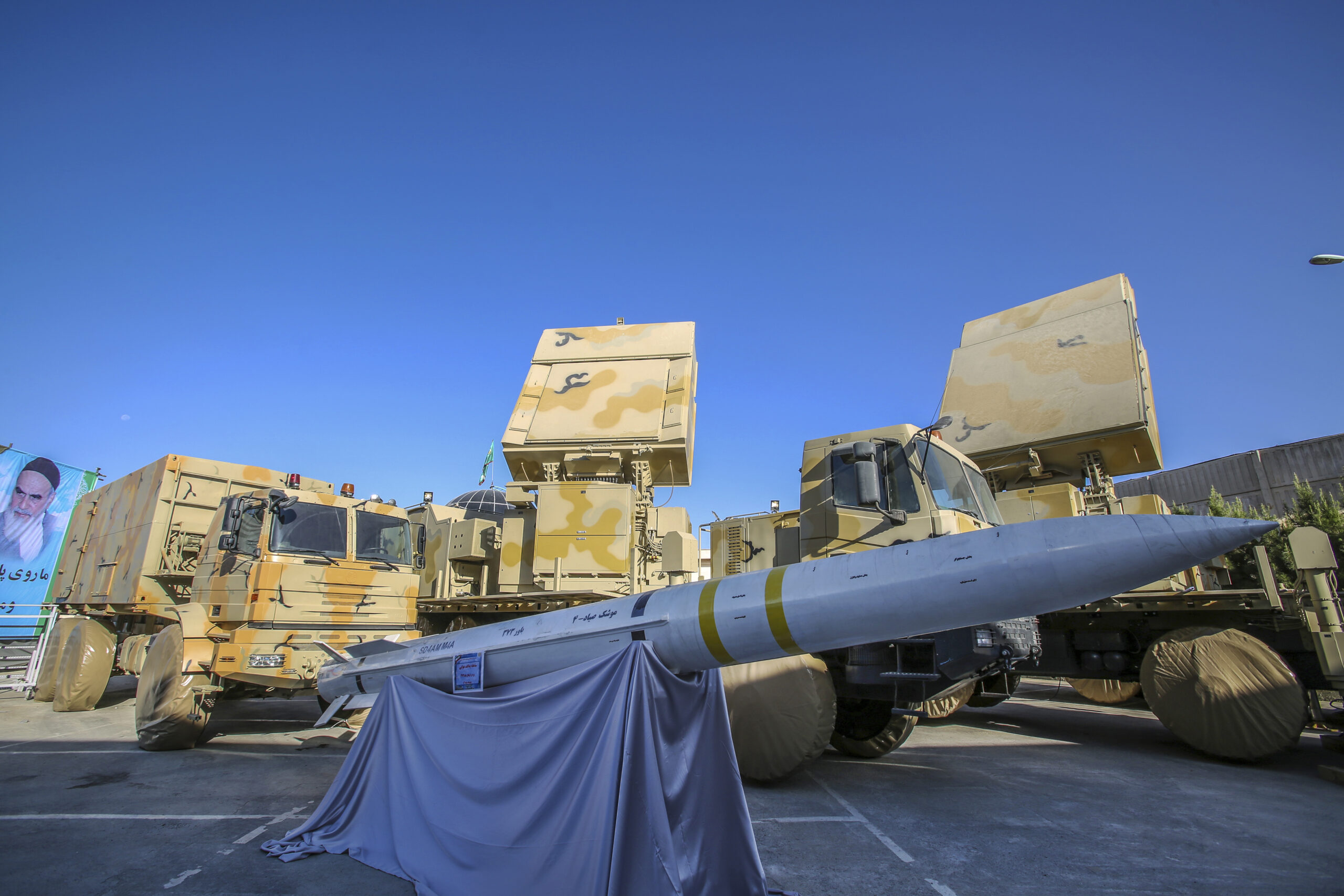
“As of today, the Islamic Republic of Iran may procure any necessary arms or equipment from any source without any legal restrictions and solely based on its defensive needs, and may also export defensive armaments based on its own policies,” Iran’s Ministry of Foreign Affairs declared in an October 18 press statement.
The administration of President Donald J. Trump, which unilaterally withdrew from the Joint Comprehensive Plan of Action nuclear deal on May 8, 2018, failed in its attempt to extend the international arms embargo enshrined in United Nations Security Council Resolutions 1737 and 1747 and is now relying on its domestic authorities to deter conventional arms transfers to and from Iran. In the zero-sum game of U.S.-Iranian relations, Washington’s failure is Tehran’s success. But apart from a diplomatic victory, what is the Islamic Republic’s weapons agenda in the post-embargo era?
The lifting of the embargo is not likely to result in an Iranian buying spree. The ministry’s statement points out that the Islamic Republic’s defense doctrine is premised on its indigenous capabilities rather than large-scale arms procurements. Since the 1990s, Iran has managed to reverse engineer, and in some cases improve, Soviet and North Korean ballistic missiles and U.S.-manufactured cruise missiles. Iran is also producing antitank guided missiles, mortars, radar systems, and the like. Apart from Tehran’s decadeslong investments in its indigenous arms industry, investments in proxy warfare have enabled it to project power regionally.
Besides, economic hardships stemming from Trump’s “maximum pressure” campaign have severely restricted Iran’s access to hard currency and prohibit large-scale arms procurements now that the embargo is lifted. Arms exporters open to oil-for-arms barter arrangements with Tehran must brace themselves for the wrath of Washington. However, as Iran analyst Mike Eisenstadt points out, Tehran would “likely acquire at least modest amounts of advanced arms, thereby enabling its industries to reverse-engineer and eventually produce some of these weapons on their own.” According to the same analysis, Tehran will also find it easier to obtain commercial dual-use items needed for the arms industry, such as engines for drones.
Depending on Washington’s determination to continue its economic warfare against Tehran after the November U.S. presidential election, the Islamic Republic’s arms exports in the post-embargo era may prove as significant as its potential arms procurements.
The Islamic Republic is not transparent regarding its arms exports statistics, but, according to the Stockholm International Peace Research Institute, Tehran has exported $429 million worth of arms since 2000. The real figure may be somewhat higher, but the Islamic Republic remains a minor arms exporter, and, at least for the time being, the monetary value of its arms exports is eclipsed by the political importance of providing weapons to allies. Among these allies, with $326 million in imports, Syria by far is the largest importer of Iranian-produced armaments, followed by Iraq, Sudan, and Venezuela. Lebanese Hezbollah and the Yemeni Houthis, nonstate allies of the Islamic Republic, also rely on Tehran for their missile components.
The lifting of the embargo is not likely to impact Hezbollah or Houthi demand for Iranian-produced arms, but the Israeli air force is likely to remain the greatest threat to the supply chain from Syria to Lebanon. The Islamic Republic is therefore just as likely to continue its stealth arms component transfers, assembling weapons at underground plants in Lebanon or Iraq. This practice has already made production engineers out of Islamic Revolutionary Guard Corps Quds Force field commanders: Brigadier General Mohammad Hossein-Zadeh Hejazi was the supervisor of a missile assembly plant in Lebanon prior to his promotion to second in command of the Quds Force, and Abdul Reza Shahlai, the Quds Force commander in Yemen, may be credited with Houthi missile assembly plants as his presence in Yemen coincided with the emergence of the insurgents’ missile capability.
A few state actors may also brave Washington’s threat of unilateral sanctions and increase weapons purchases from Iran. Iraq signed a $200 million arms deal with Iran in 2014 and Tehran’s allies in Baghdad may press for arms procurement from Tehran regardless of Iraq’s economic woes. Syria and Venezuela may be able to ignore Washington’s opposition to Iran’s arms exports but will face difficulties paying for Iranian-produced weapons. The Islamic Republic may also use the lifting of the embargo to increase its munition, mortar, and light arms exports to gain a foothold in Africa. Facing continued U.S. economic pressure, Tehran may also show less restraint with regard to exporting ballistic and, perhaps, cruise missiles; in the past, it only supplied such arms to nonstate allies such as Hezbollah and the Houthis.
Expiration of the arms embargo is not likely to have an earth-shattering impact on Middle Eastern security, but it will marginally improve Tehran’s ability to secure components for its arms industry and advanced weapons. At the same time, it will ease arms procurement for actors willing to disregard Washington’s unilateral sanctions.
The views represented herein are the author's or speaker's own and do not necessarily reflect the views of AGSI, its staff, or its board of directors.

